Tip 13: Use Lighting
To be upfront, I'm neither a designer nor photographer (and very bad at it), so can only share basics here. The details are too applied - hard to grasp without hands-on experience.
That said, common photography lighting includes:
- Key Light: The primary light, usually placed directly in front or side of subject to light it and determine overall brightness/darkness levels. Usually the brightest light.
- Fill Light: Used to fill shadows created by the key, controlling their depth for a more evenly lit photo. Usually darker than the key light to avoid overexposure.
- Back Light: Placed behind subject to separate it from background and create a silhouette. Adds depth and contour clarity.
- Ambient Light: Any natural lighting like room lights, sunlight, streetlamps. Fills in surface details of the subject for natural, realistic results.
- Special Light: Added to create a certain mood or meaning, like candlelight, neon signs. Used to explore artistic imagination and creativity through lighting atmosphere.
Mix and match from these core lights to get setups tailored to different scenes. See my Lighting List for more granular types, but here are some common, easy scenarios:
Photo | Name | Description | Use Cases |
|---|---|---|---|
 | Mood Lighting | Lighting focused on creating a specific ambiance via color, brightness, etc to induce certain feelings like coziness or romance. More about color/brightness control for strong visual impact. | Indoor design, hotels, restaurants, homes to create desired atmospheres and experiences. |
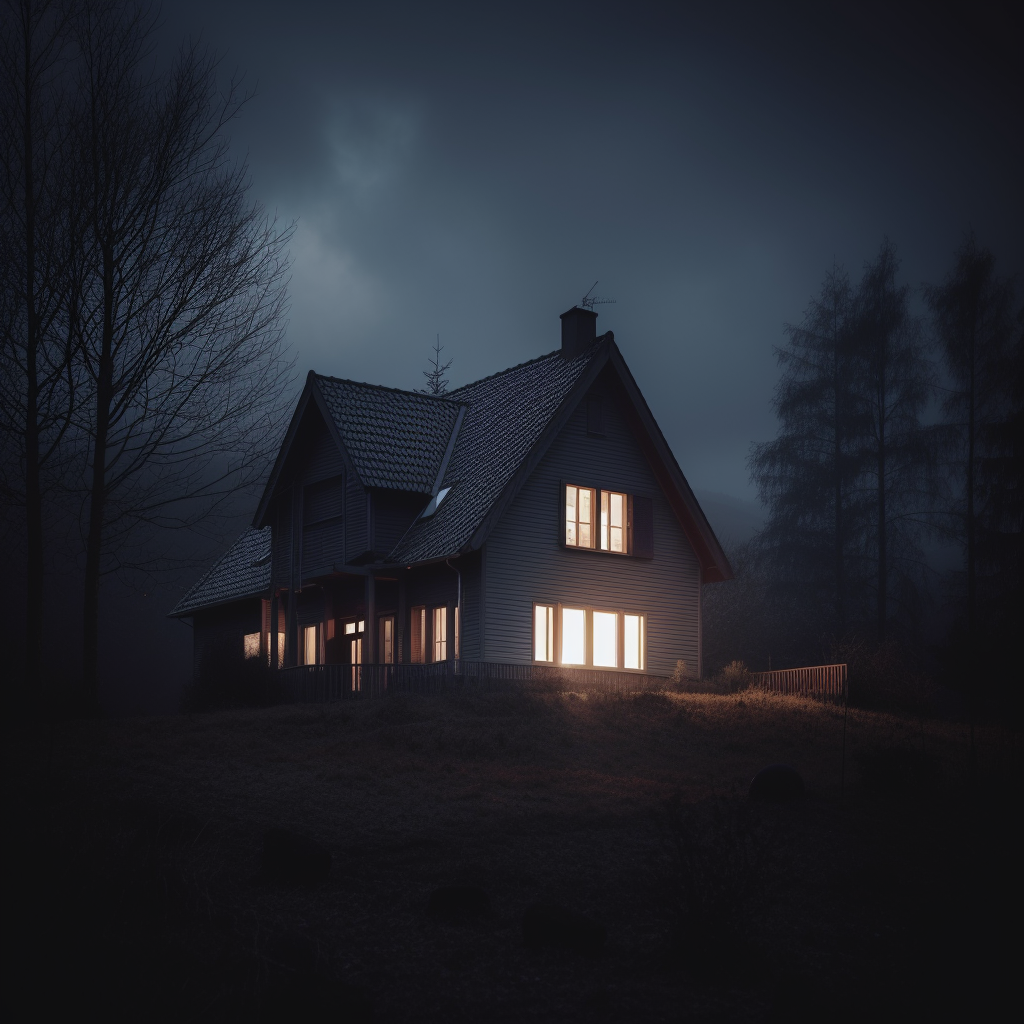 | Moody Lighting | More about emotional expression and serving the narrative/plot, combining lighting seamlessly with storyline to convey personality and inner worlds of characters. Uses low brightness and heavy shadowing for textured, layered look. | TV, film, games, theater to increase dramatic effects. |
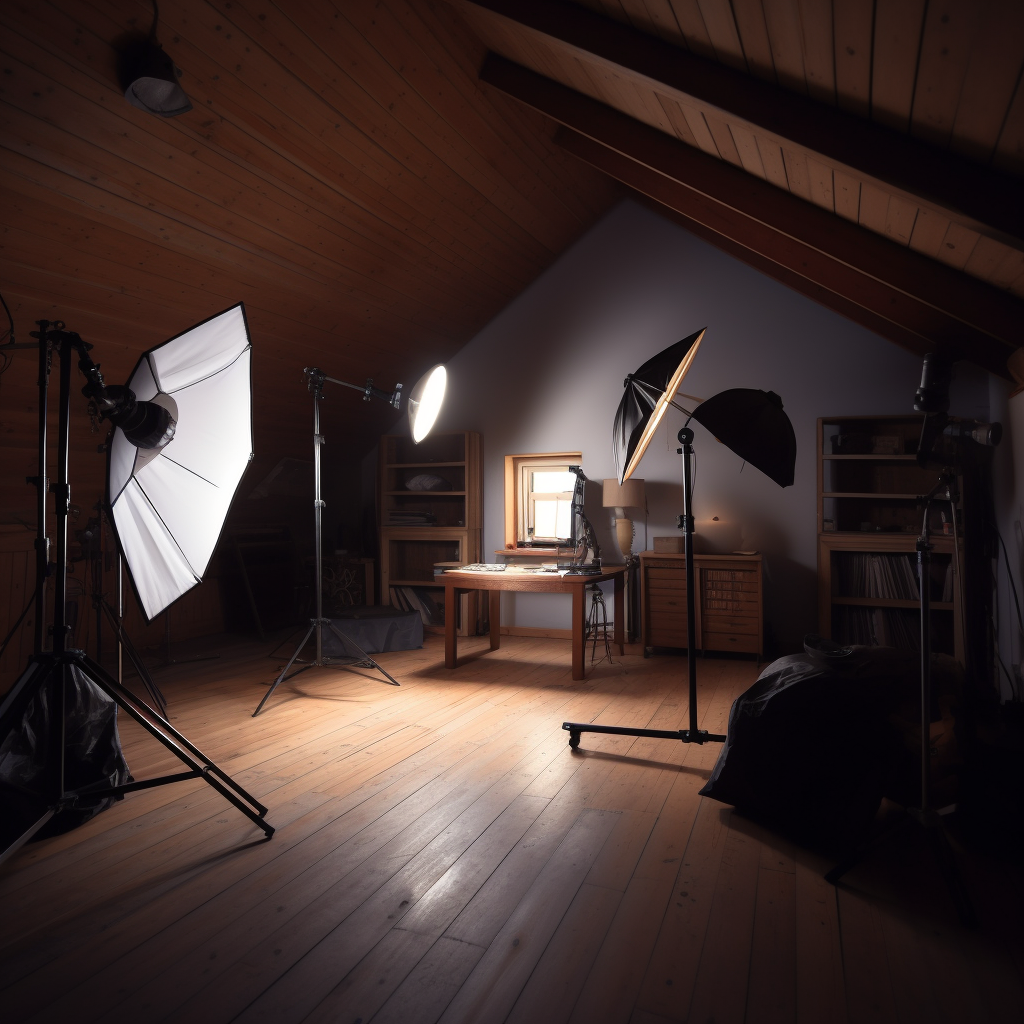 | Studio Lighting | Lighting setups designed for photography studios, TV, film. Places light sources and fixtures in a dedicated studio to create various atmospheres and scenes to meet different shooting needs. | Commercial photography, fashion photography, fine art photography, portraiture, advertising, TV/film production to highlight subjects optimally. |
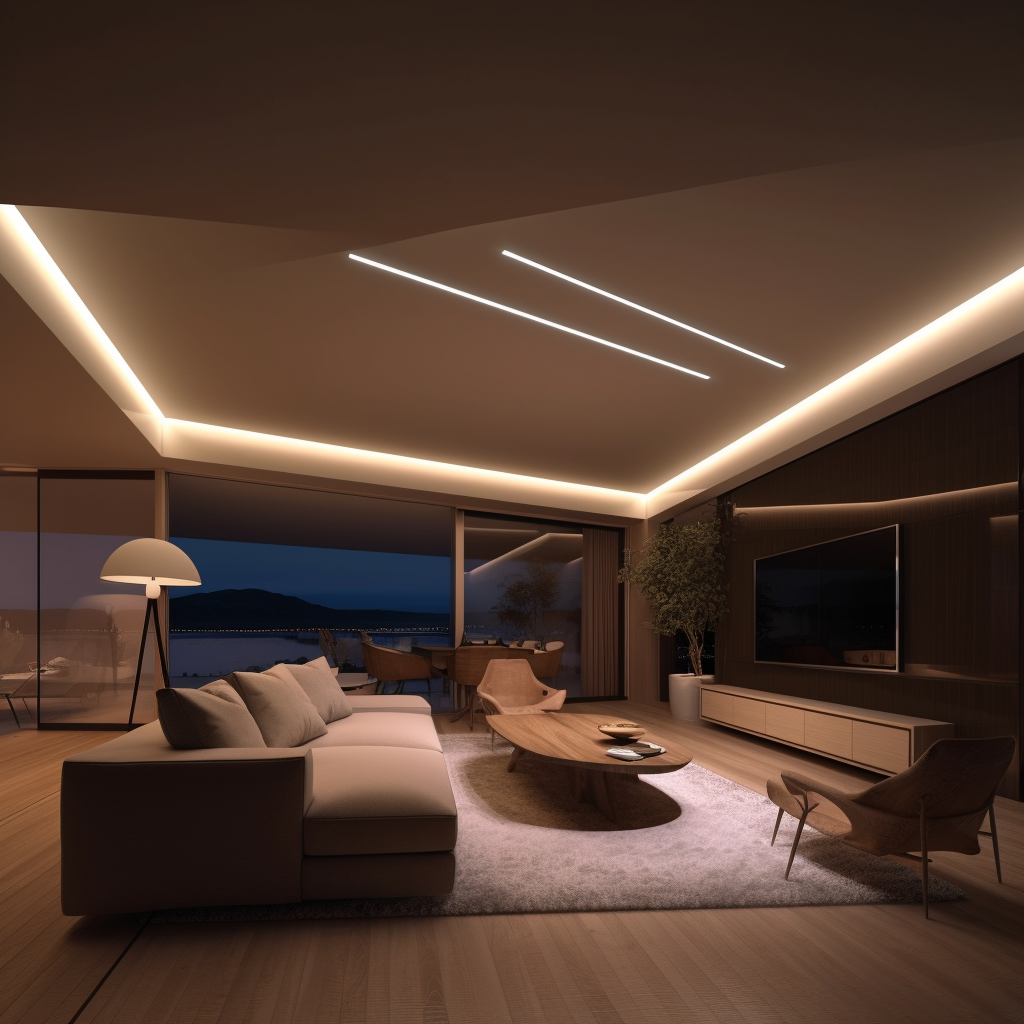 | Cove Lighting | Common indoor lighting where fixtures are installed in cavities ("coves") between walls and ceilings to create uniform, comfortable, soft illumination. | Provides even room lighting while enhancing aesthetics. |
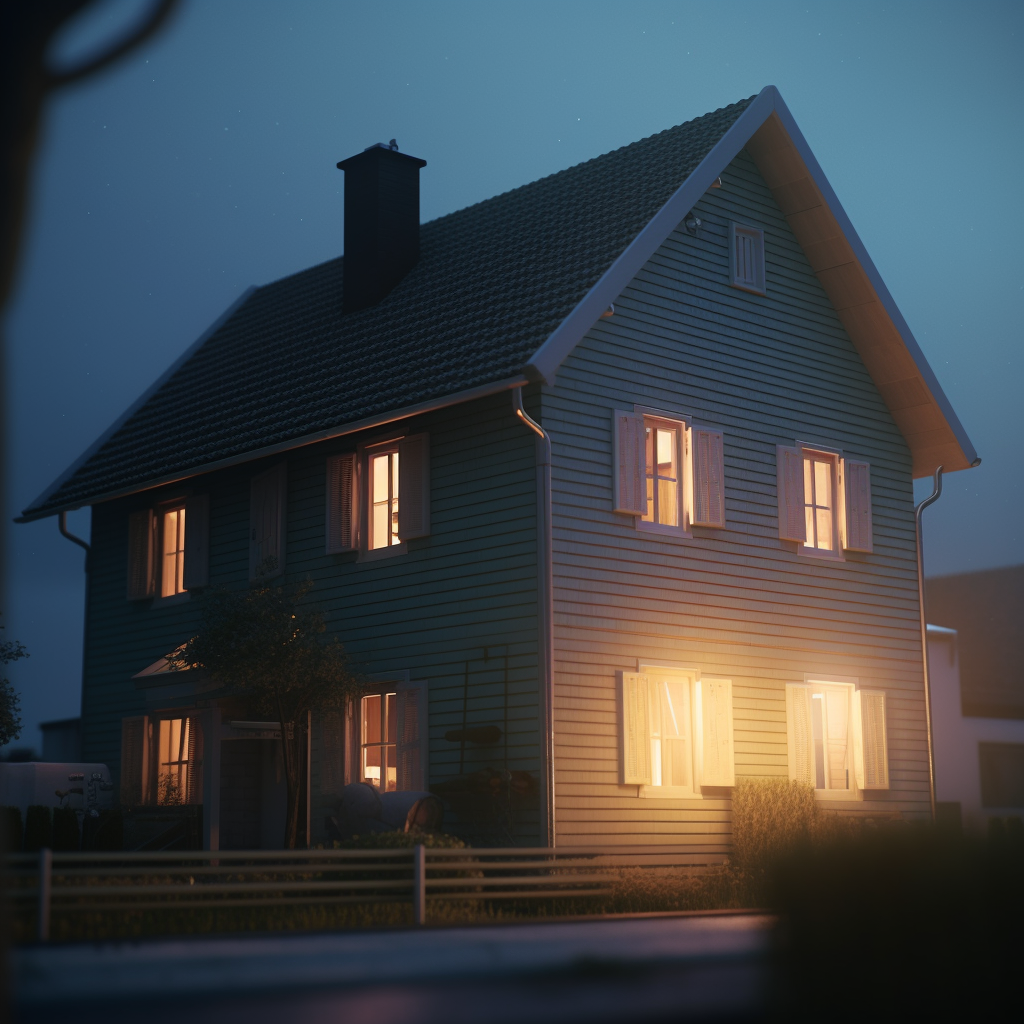 | Soft Lighting | Uses diffused, indirect lighting to create soft, warm ambiance. Usually via fixtures like sconces, lamps, reading lights. | Reduces brightness, eases eye strain, creates comfortable atmosphere. |
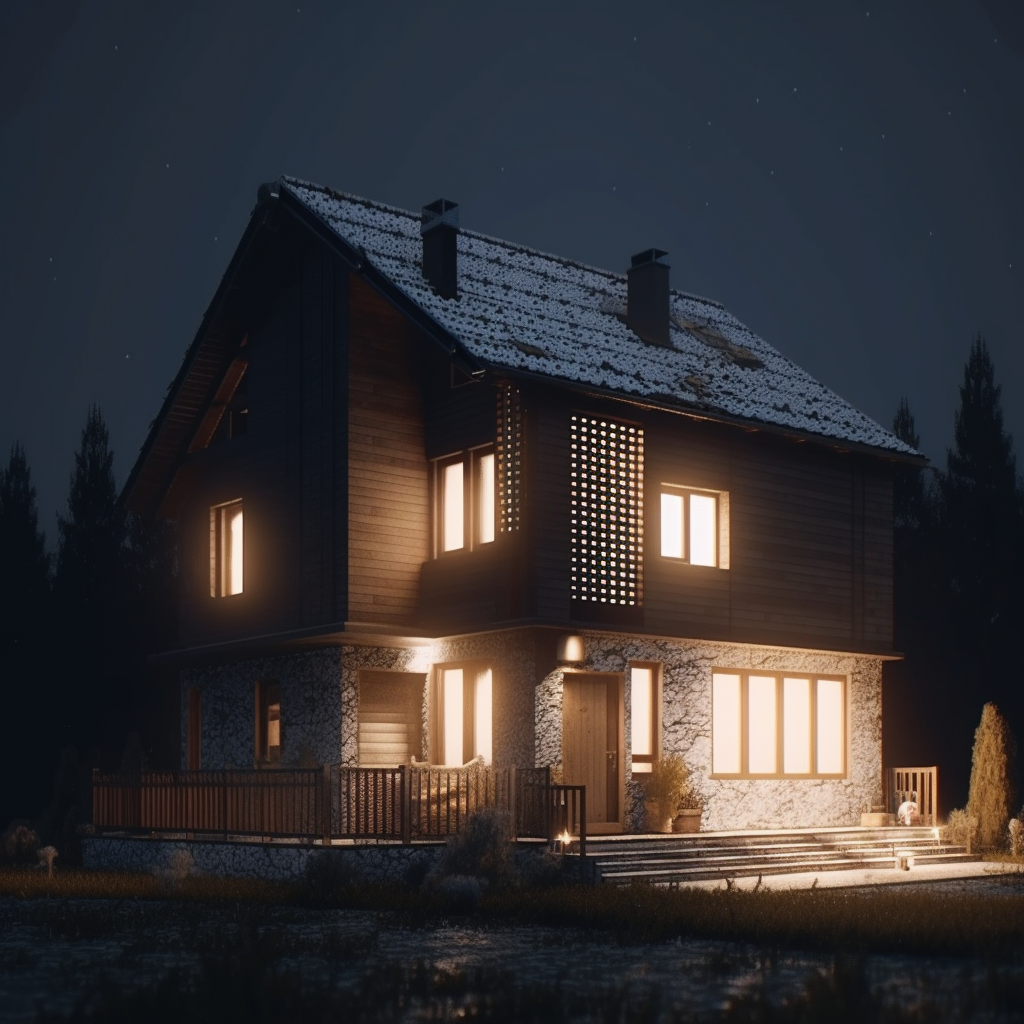 | Hard Lighting | Concentrated, directed light like spotlights or floodlights focused on specific areas. Creates harsh, bright illumination. | Often used in exhibits like museums and malls to highlight features of displays/products. |
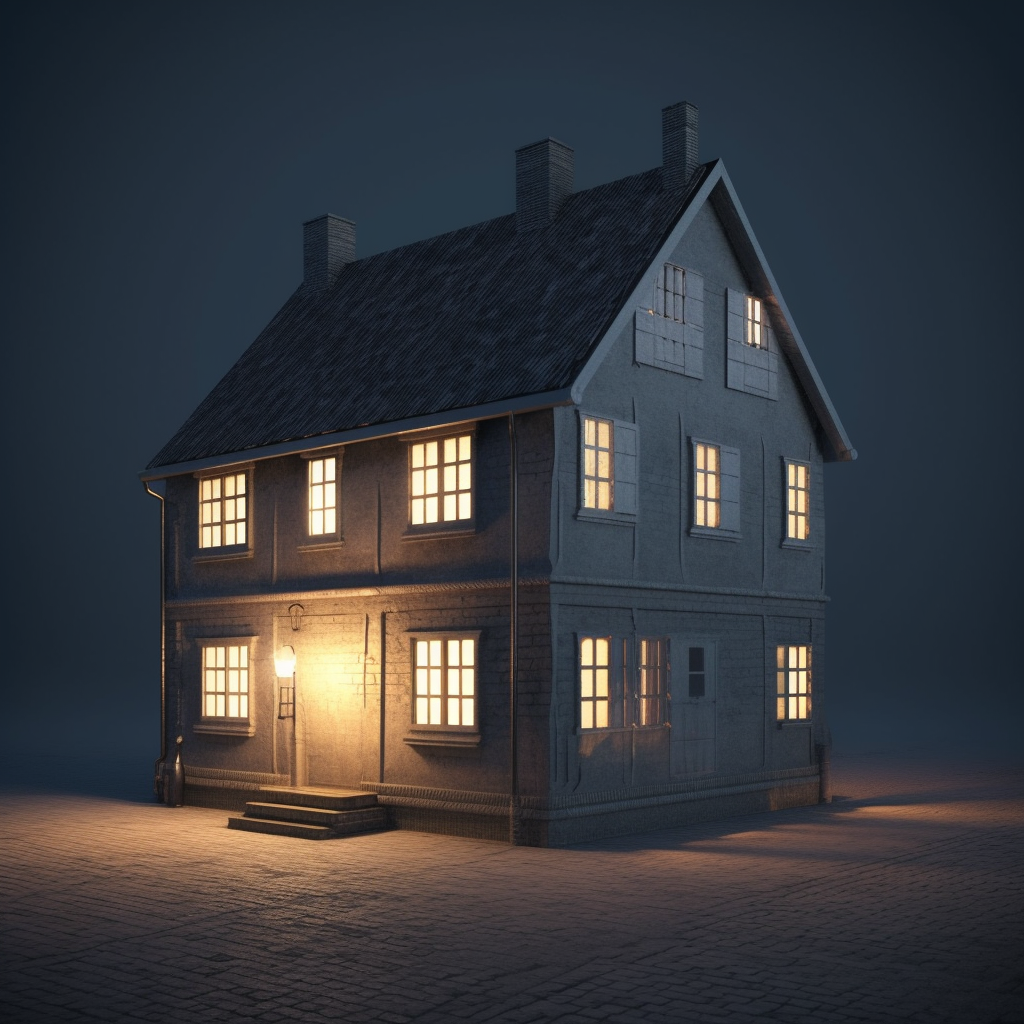 | Volumetric Lighting | Adds lighting effects like diffusion, fog, particles, shadows to simulate light interacting with particles/dust in air, creating dynamic, realistic, enhanced depth/volume. | Film, TV, video games, animation - adds realism, depth, visual excitement and drama. |
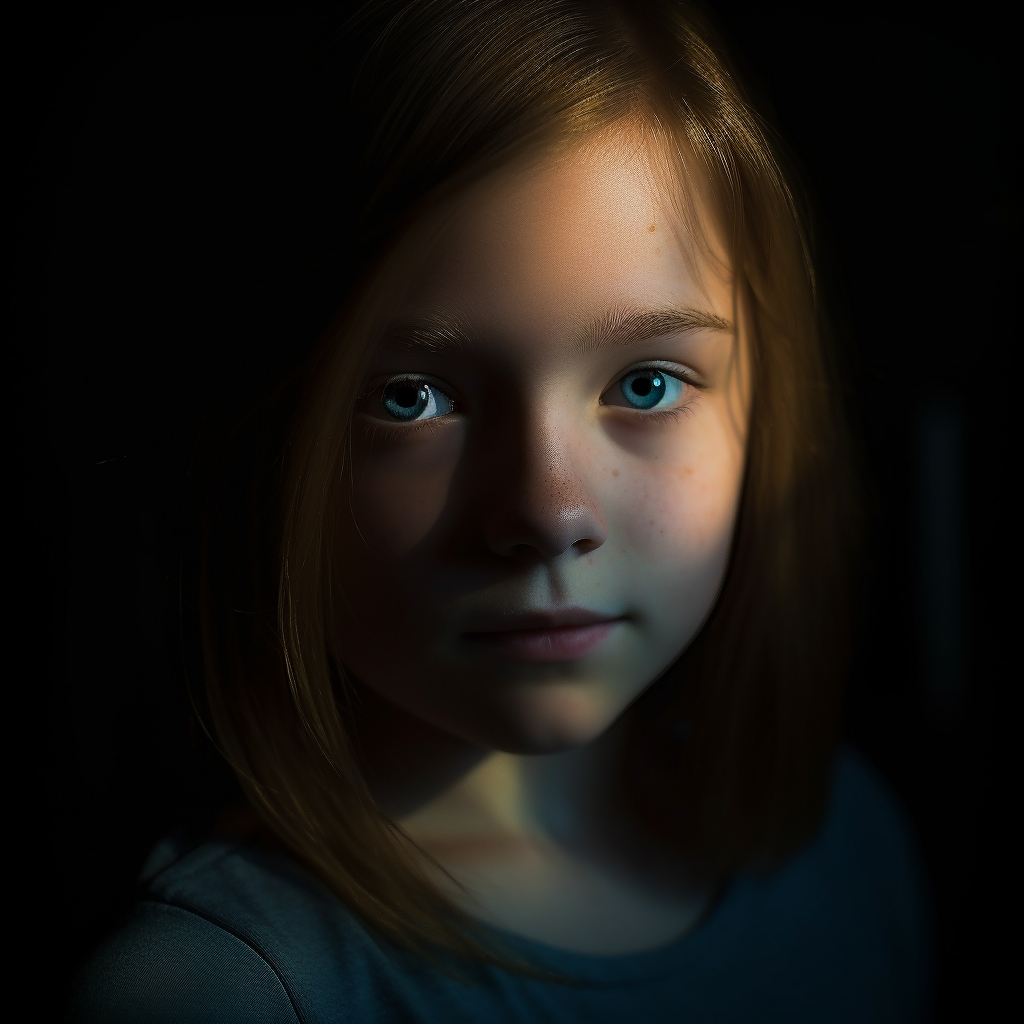 | Low-Key Lighting | High contrast via strong side/back light and shadow, with shadows dominating creating tense, mysterious, or somber moods. | Film, TV, photography for suspense, horror, crime elements. |
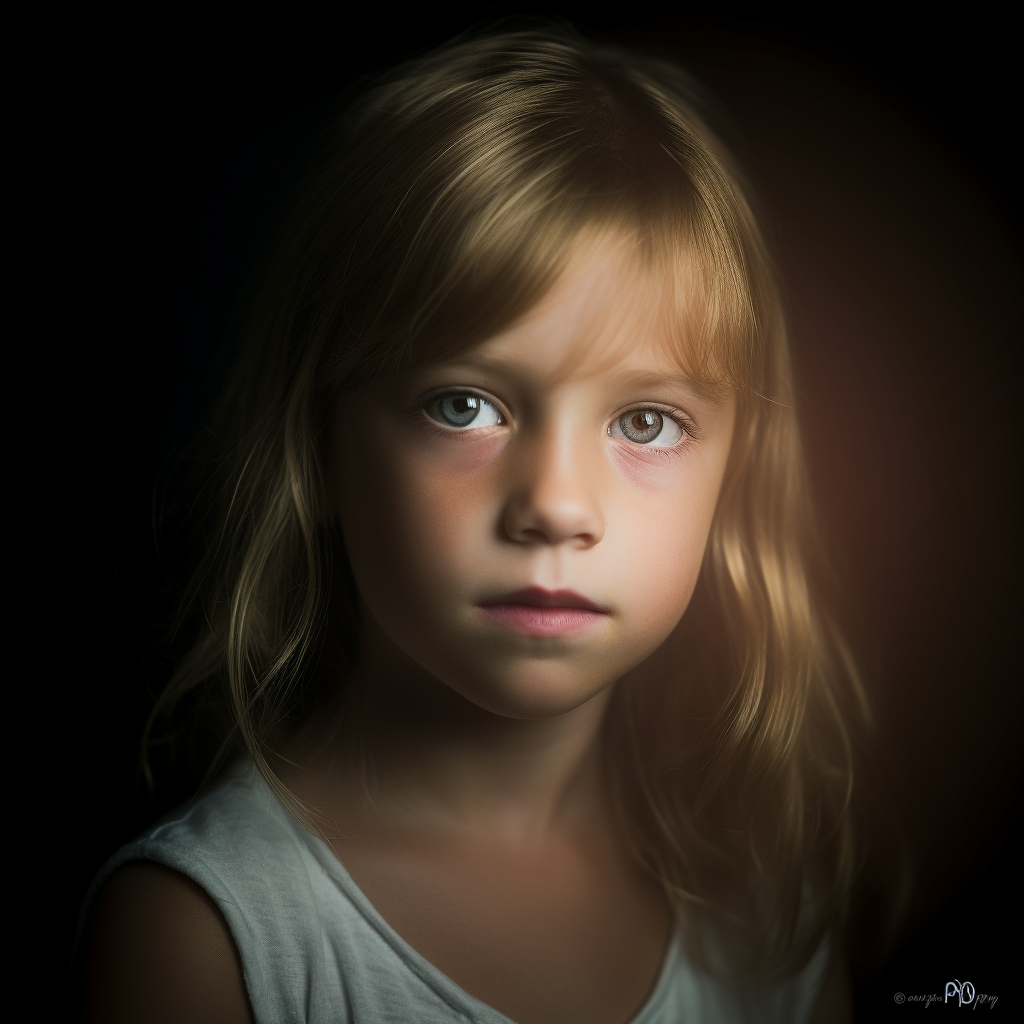 | High-Key Lighting | Bright, even lighting avoiding dark shadows, with high brightness and detail. Conveys cheerful, calm, happy moods. | Advertising, emotional films/TV. |
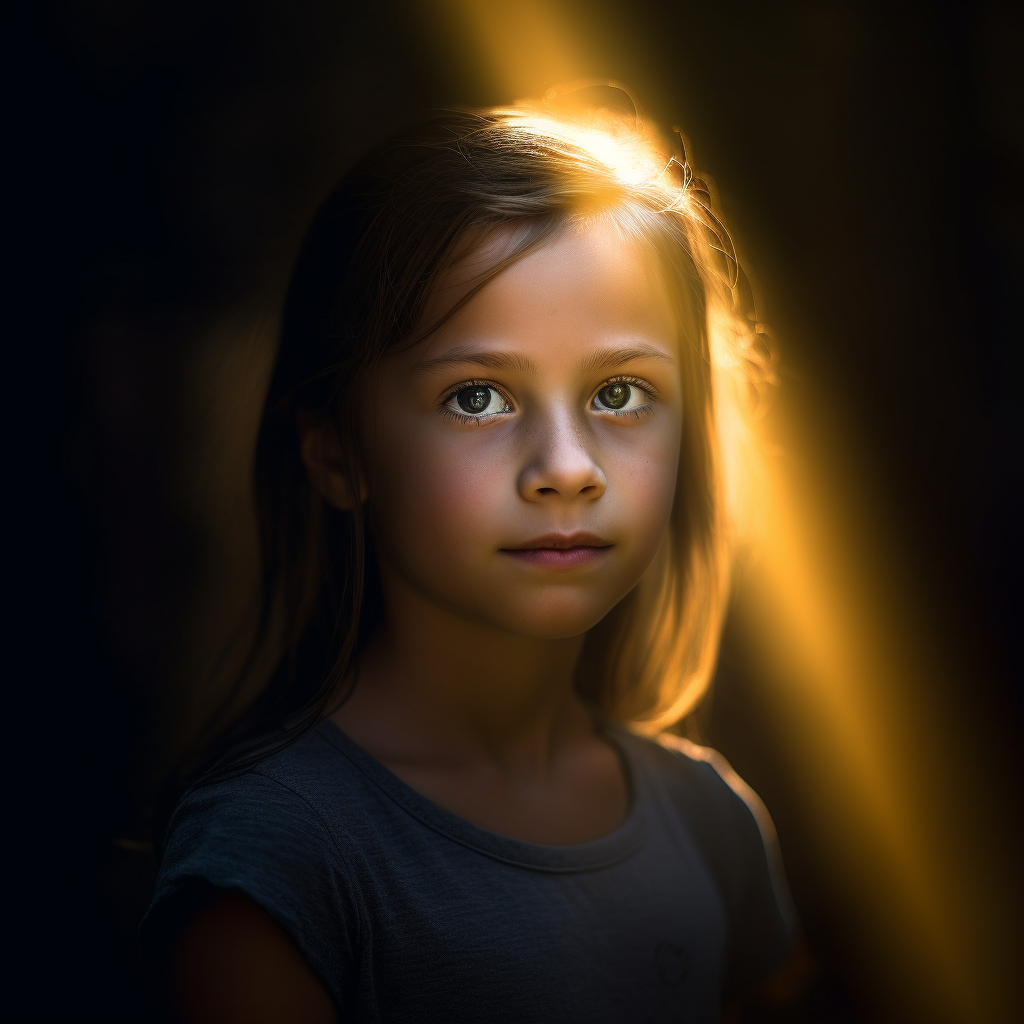 | Epic Light | Adds intense, grand, striking light to grab attention and create visual spectacle/impact. | Film, TV, games, theater for sublime, magnificent atmosphere - emotionally impacts audience. |
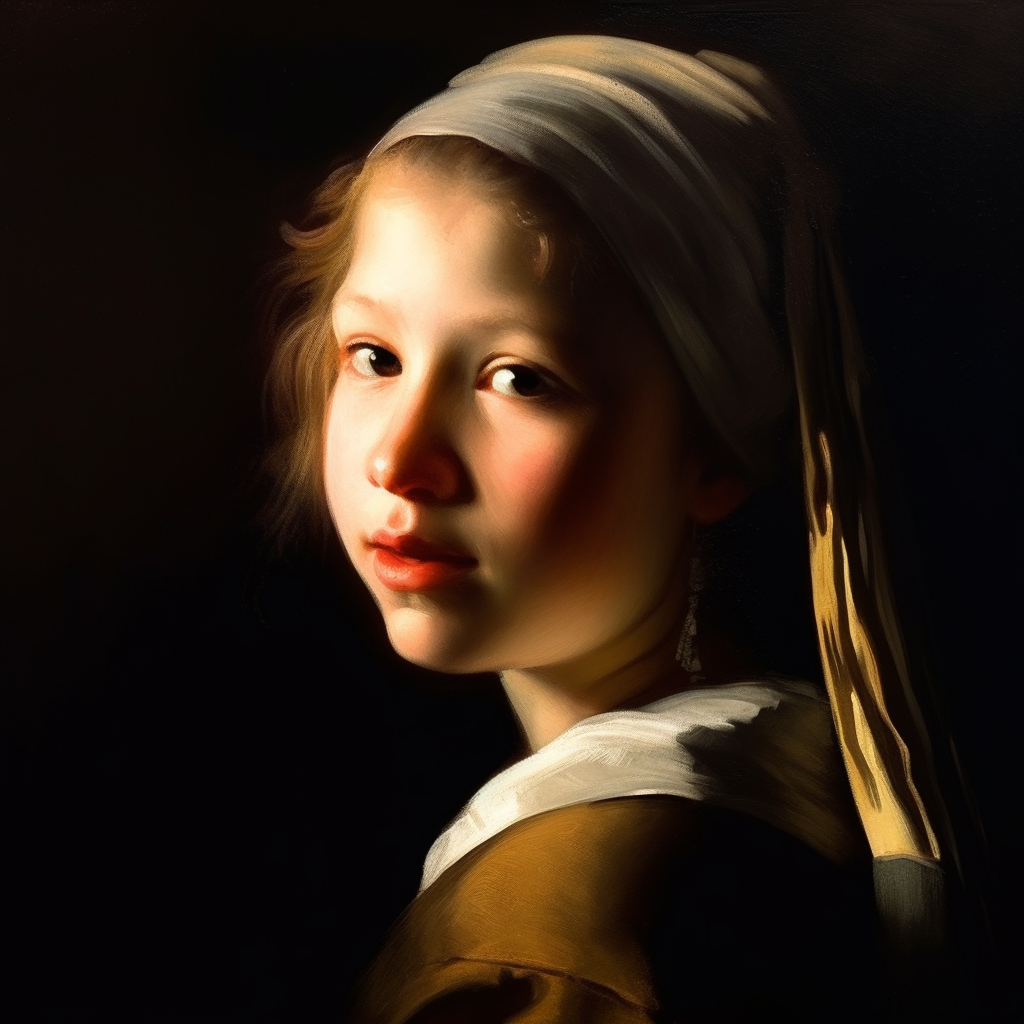 | Rembrandt Lighting | Lighting style invented by painter Rembrandt featuring a diamond-shaped light-dark divide on the subject's face, with shadows covering one cheek and the other lit by highlights. Creates soft, mysterious lighting. | It creates a soft and mysterious effect. |
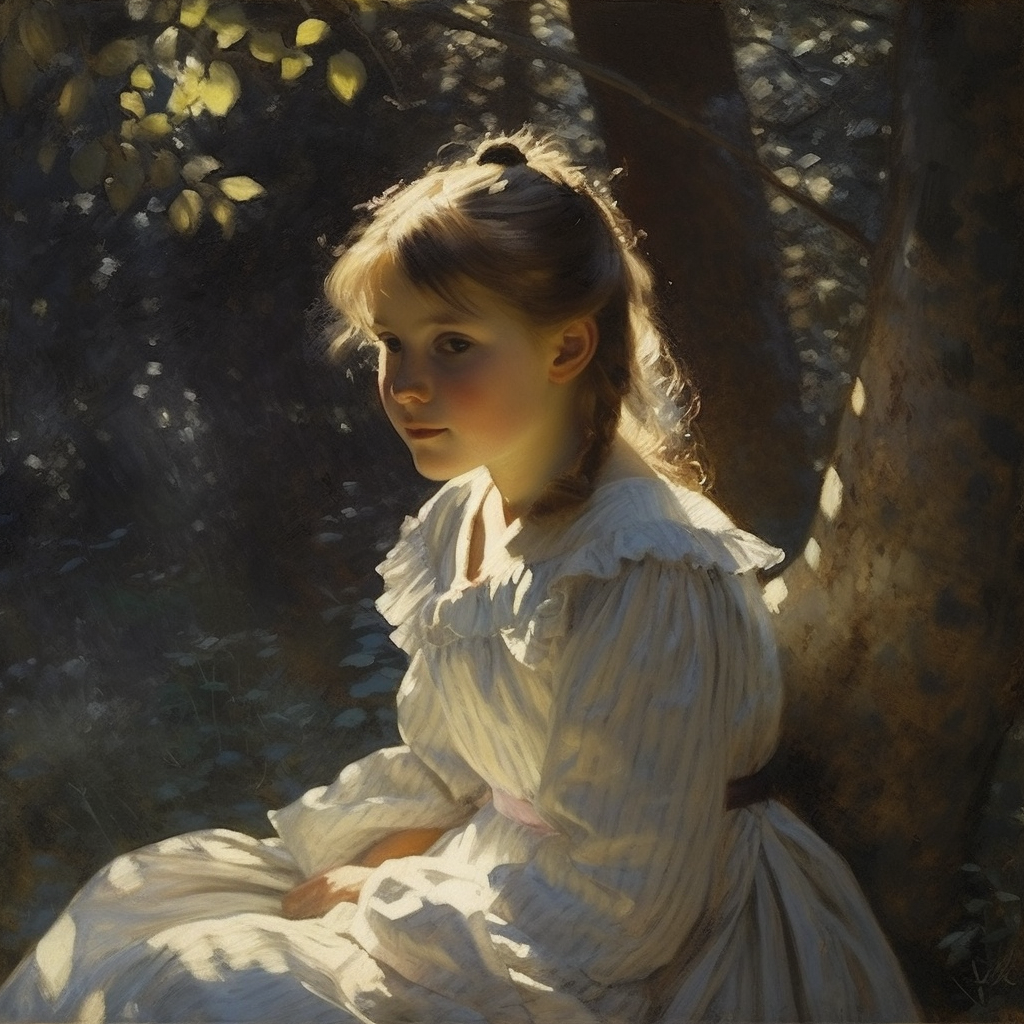 | Contre-Jour | Placing the light source behind the subject so it shines into the camera, creating high-contrast negative space silhouettes. The blurred light source and strong contours create artistic, abstract moods. | The overall bokeh of dark photography caused by the position of the light source, high contrast and sharp contour lines can bring a literary and abstract atmosphere. |
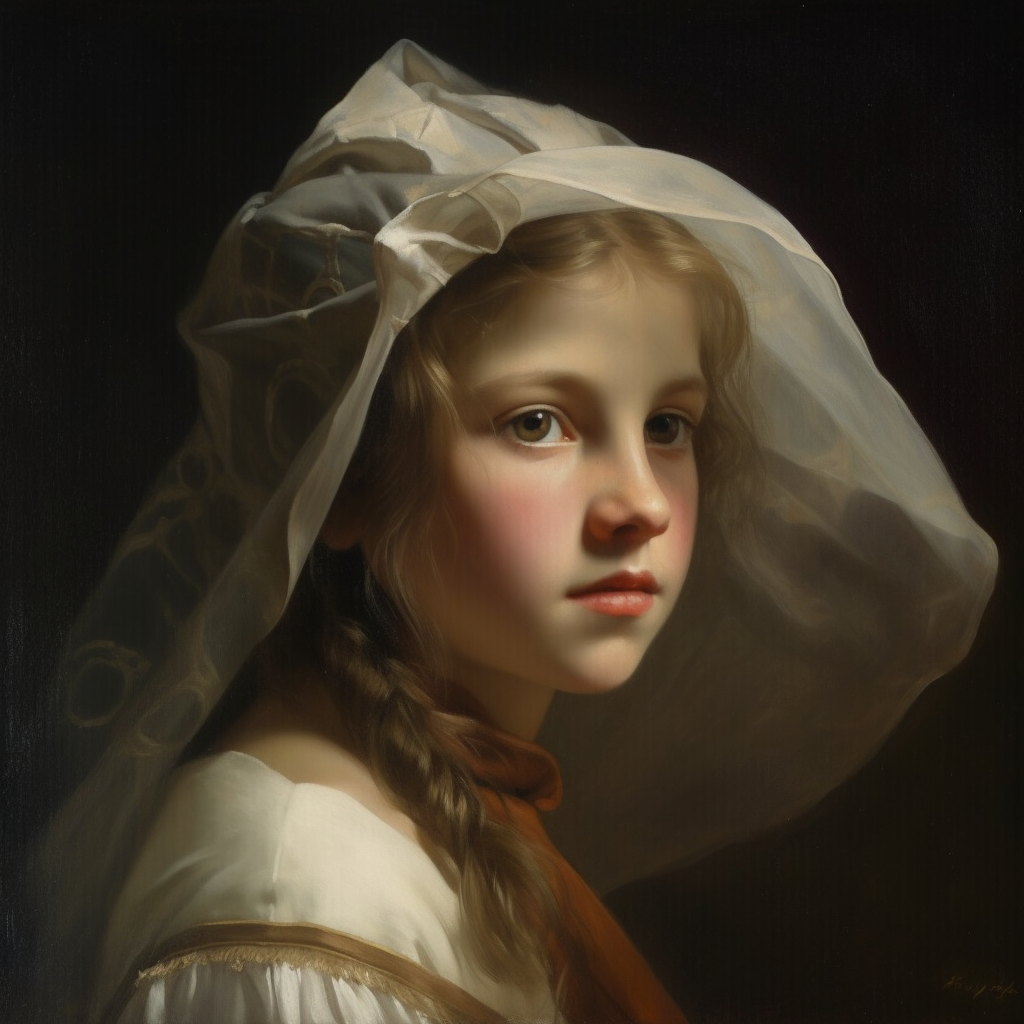 | Veiling Flare | Stray light scattering and reflecting through the lens or optics, distorting the image with haze. | |
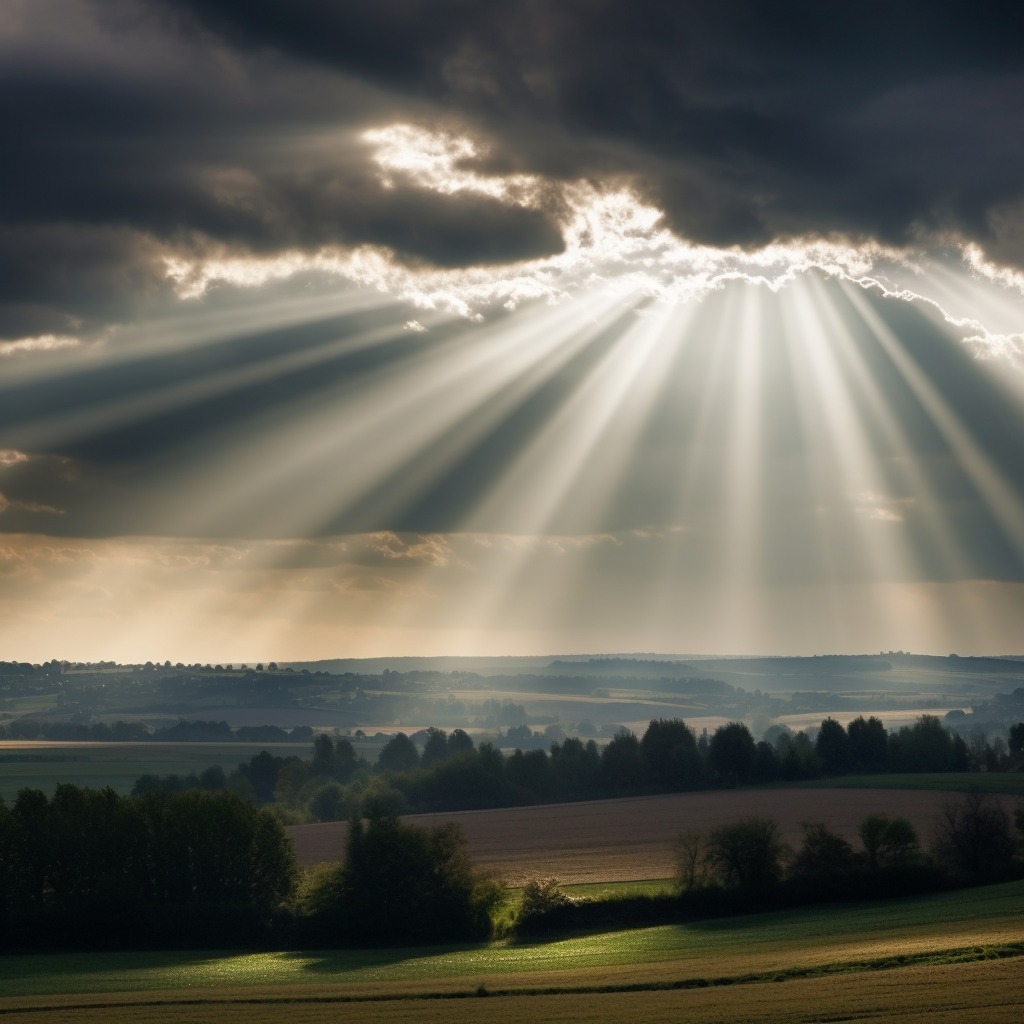 | Crepuscular Rays | Rays of sunlight breaking through clouds/dust. Called "godrays." Appear at sunrise/sunset when sunlight angles perfectly to penetrate cloud cover. | Appear as striking beams of light in clouds, looking beautiful. |
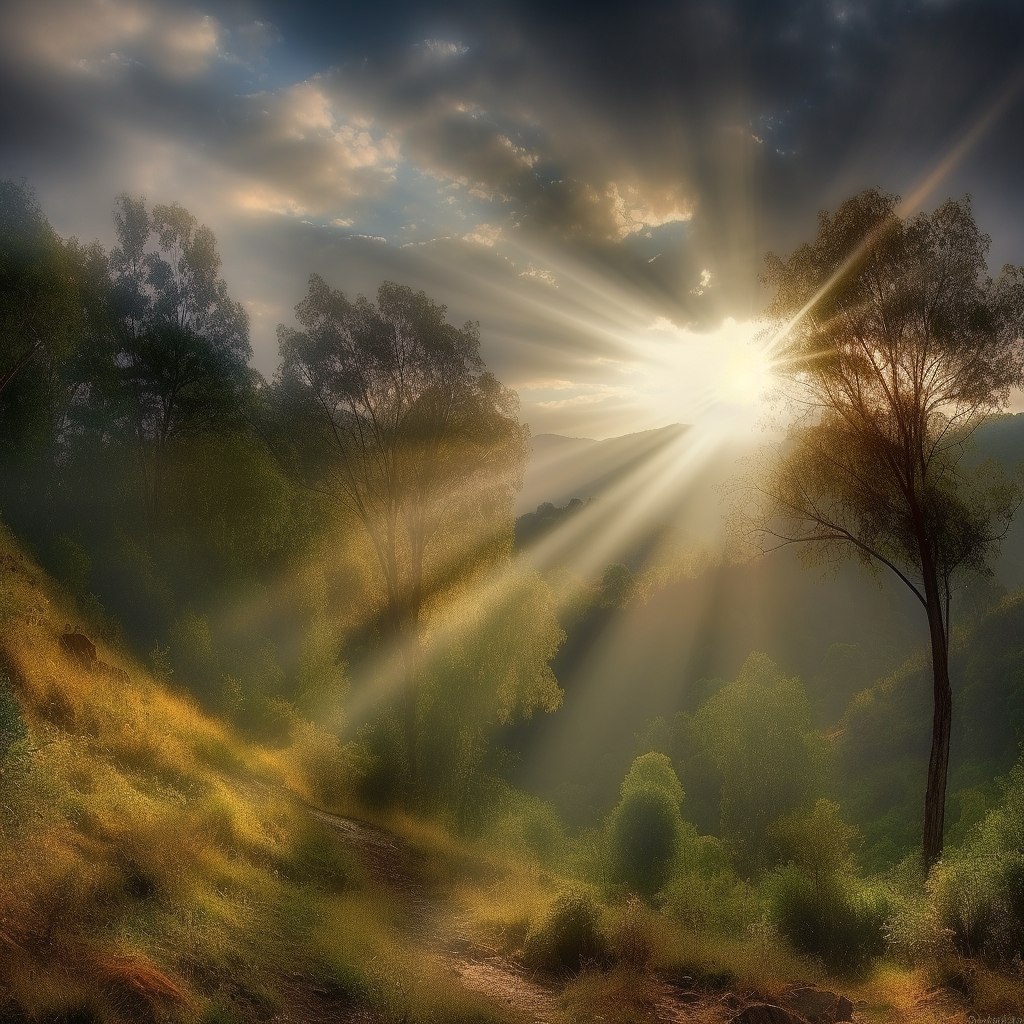 | Rays of Shimmering Light | Light refraction effects when light scatters/refracts passing through mediums of varying density/temperature. Under the right conditions, light appears to shimmer and refract, creating gleaming beams. | |
 | Godrays | Beams of light created when sunlight penetrates gaps in clouds, tree branches, obstacles. Appear in high brightness and slice sunlight into stripes, looking magical. Alternative name for crepuscular rays. |